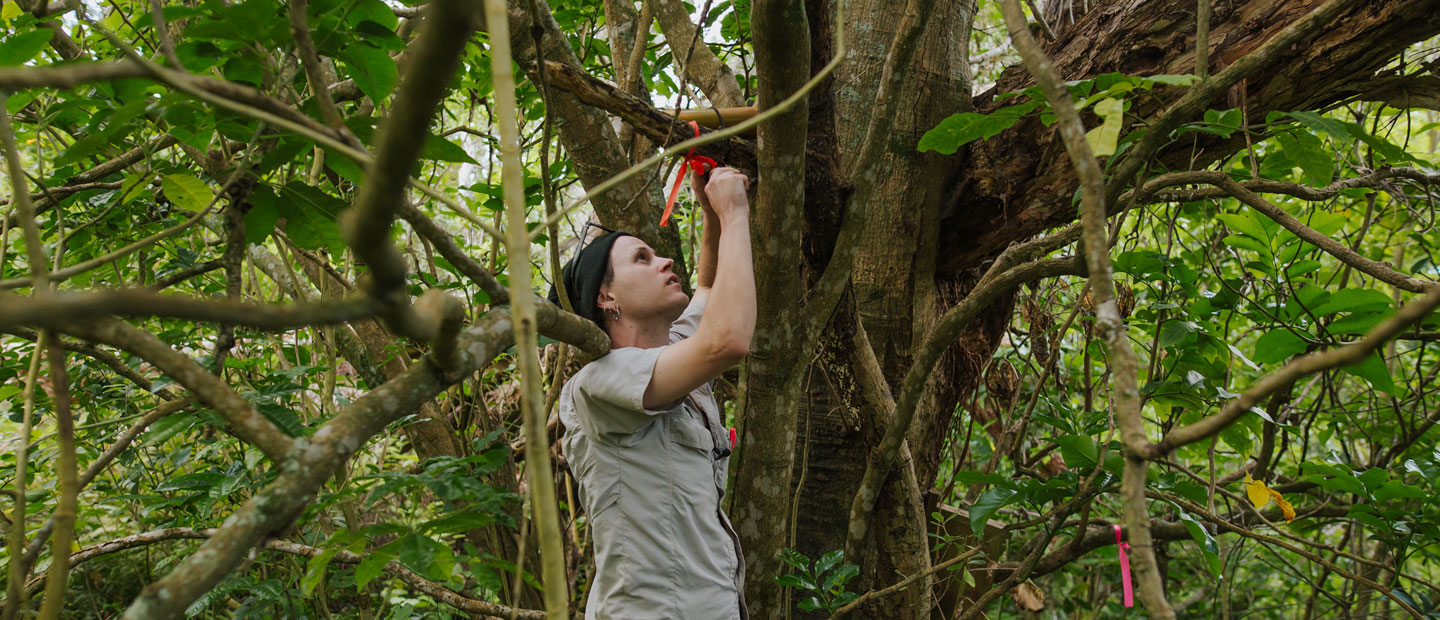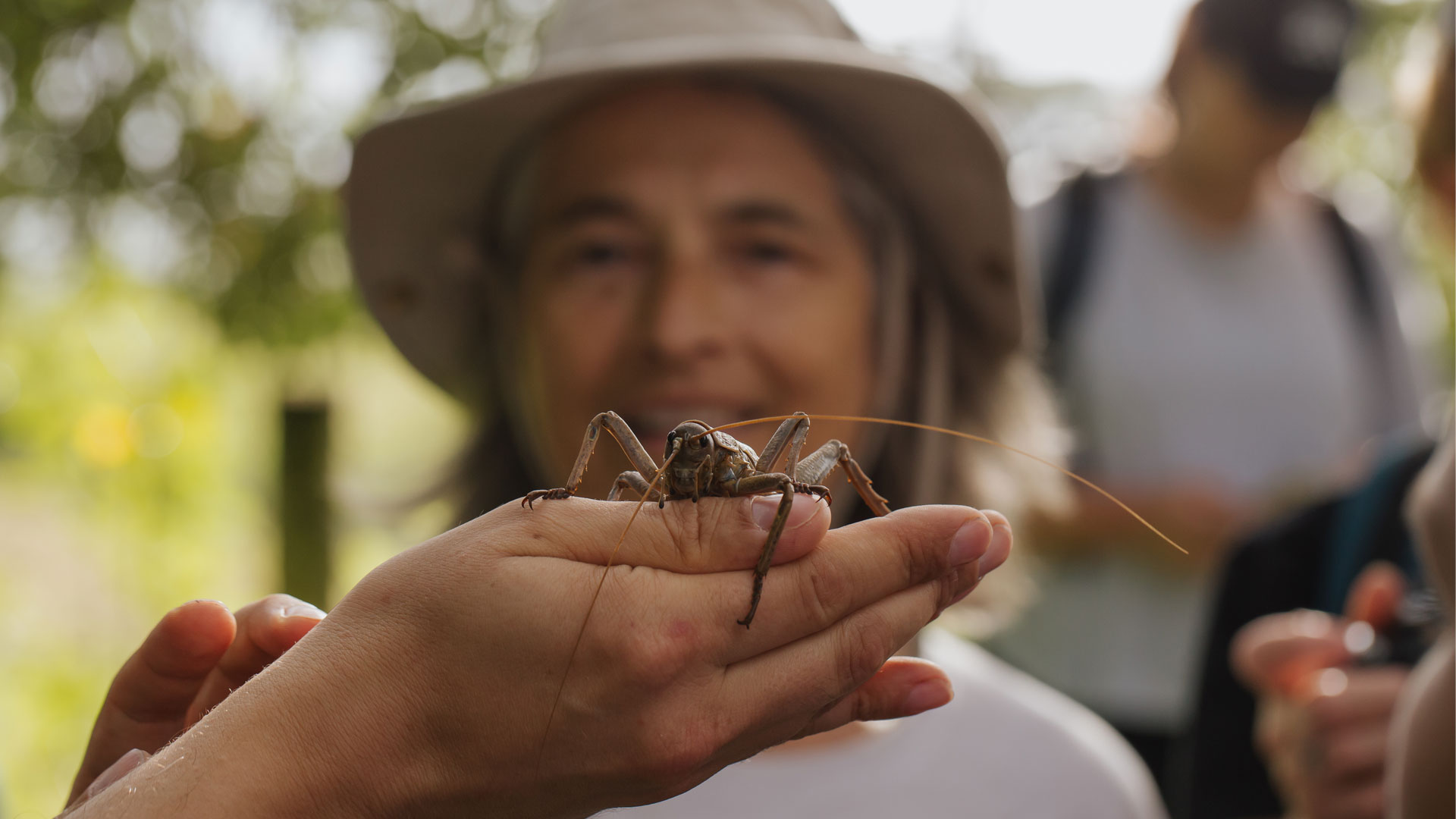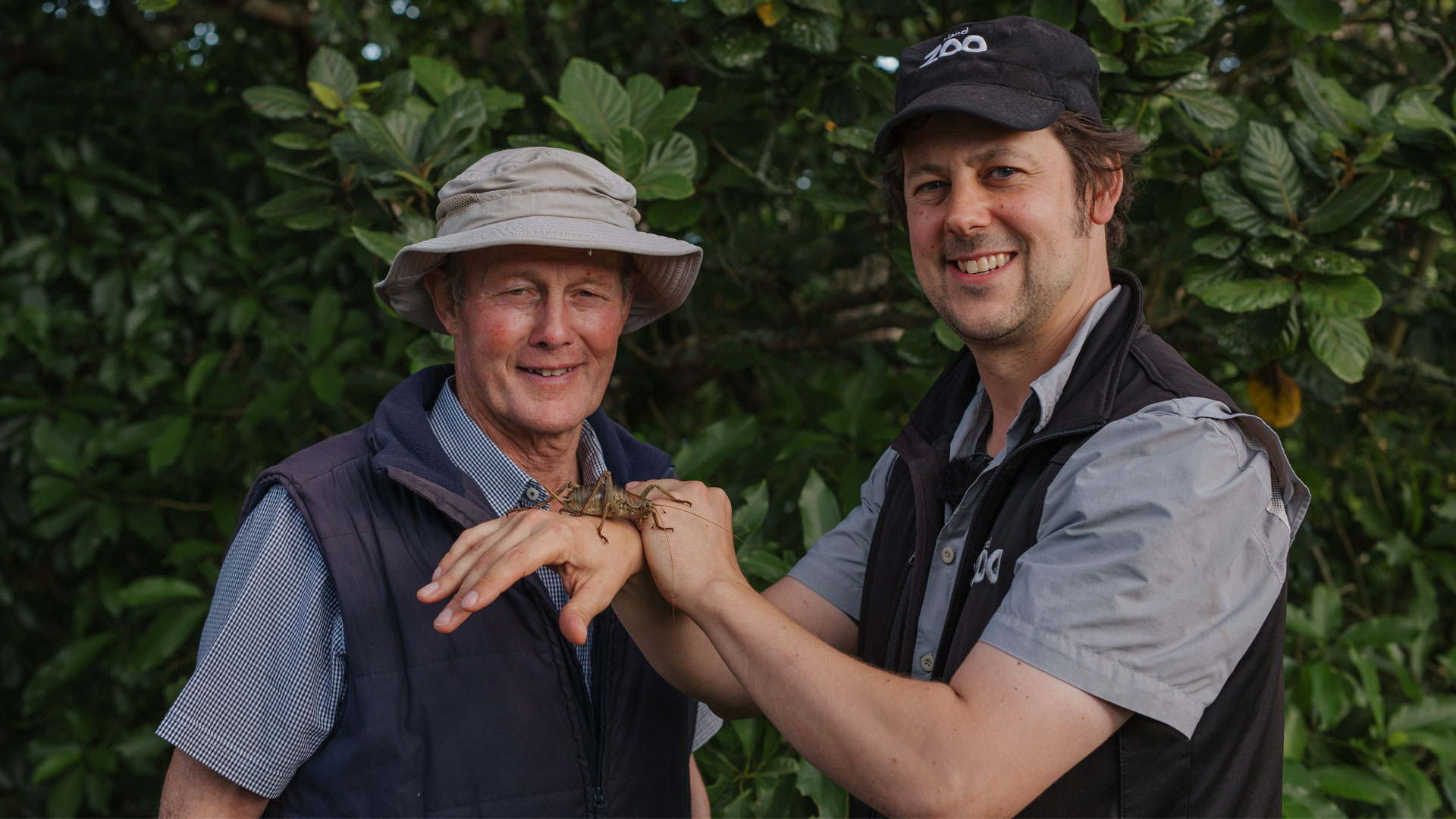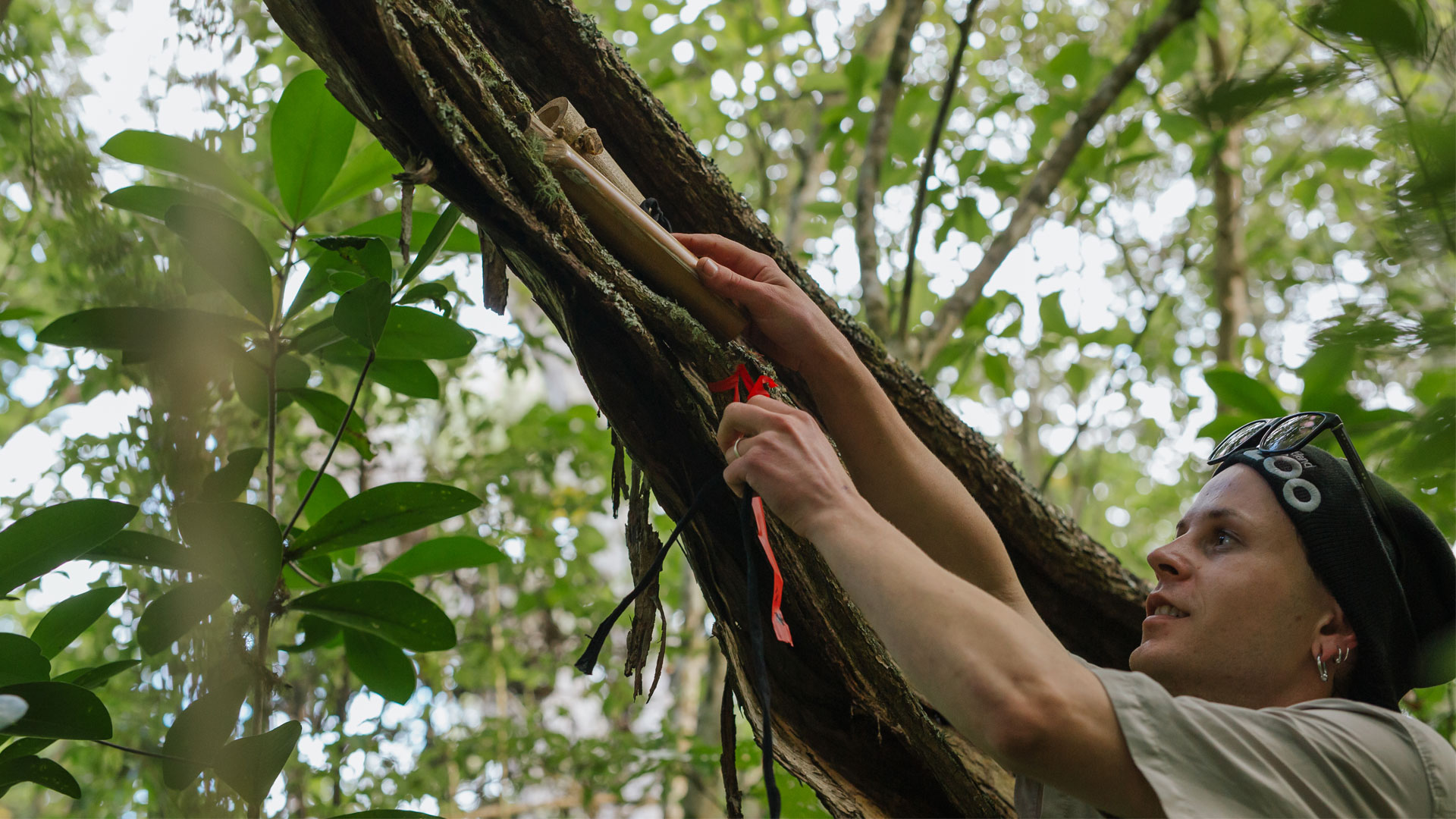Motuihe Trust chairman John Laurence says its volunteers are “super excited that a very ancient and rare insect will now be living in forests restored by tens of thousands of children and adults over the last 20 years”. “Volunteers treat this release of such a wonderful and iconic animal as a reward for their work in planting 450,000 trees, weed control, walking track formation, and conservation advocacy. Wētāpunga will be watched and studied with exhilaration and amazement by students and visitors, and adds to the already flourishing populations of kiwi, tuatara, bellbird, saddleback, kākāriki, whitehead, skinks, and geckos which have been previously released on Motuihe Island."
DOC Technical Advisor Chris Green says, “Due to animal pests, and the destruction of native forests, wētāpunga have been wiped out on the mainland”.
“Since 2010, wētāpunga have been released on pest free islands on the Hauraki Gulf. After the establishment of the wētāpunga on Motuora and Tiritiri Matangi we are looking forward to confirming establishment on other pest free islands, including Motuihe.
It’s very risky having the entire population of a species in one location so DOC, iwi and local communities work hard to keep islands in the Hauraki Gulf pest free so that initiatives like the breed to release programme can extend beyond those parameters to give these species a chance,” says Chris Green.












